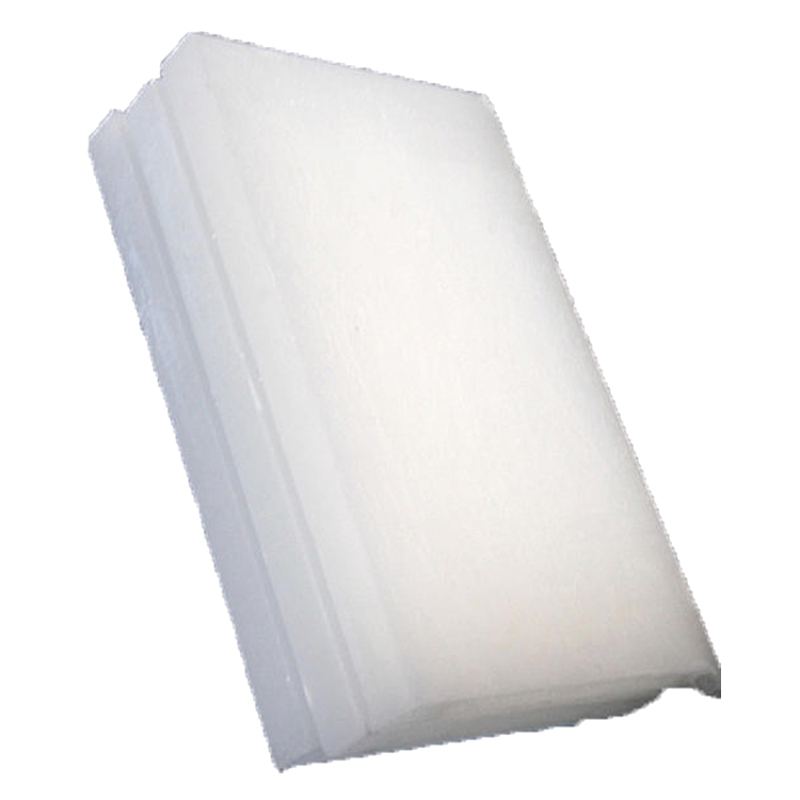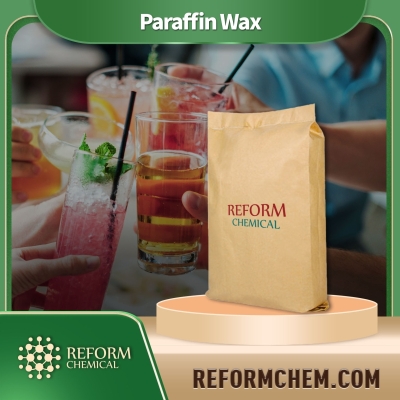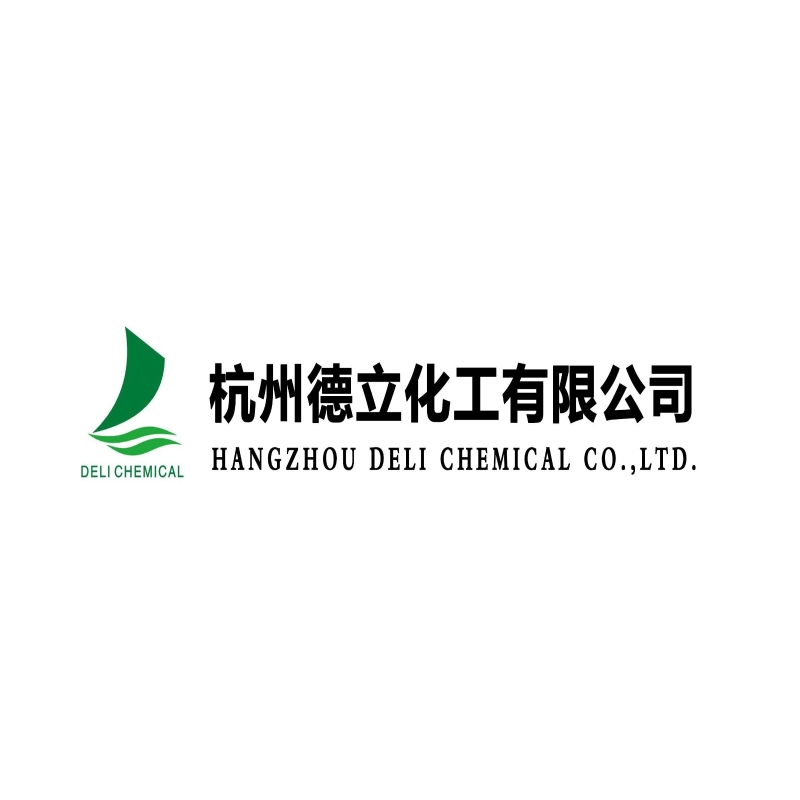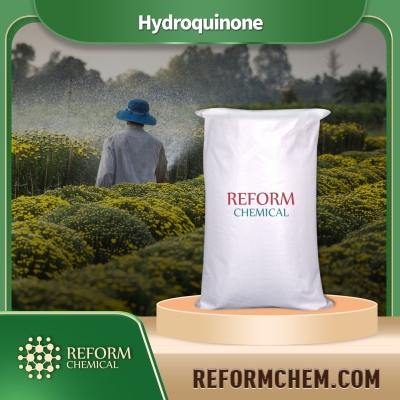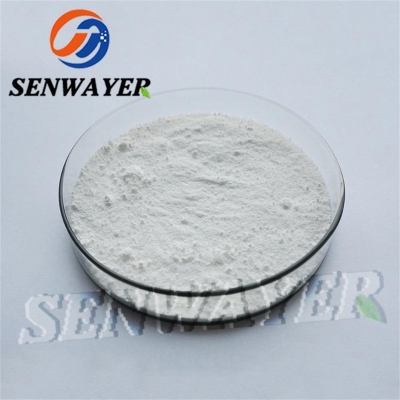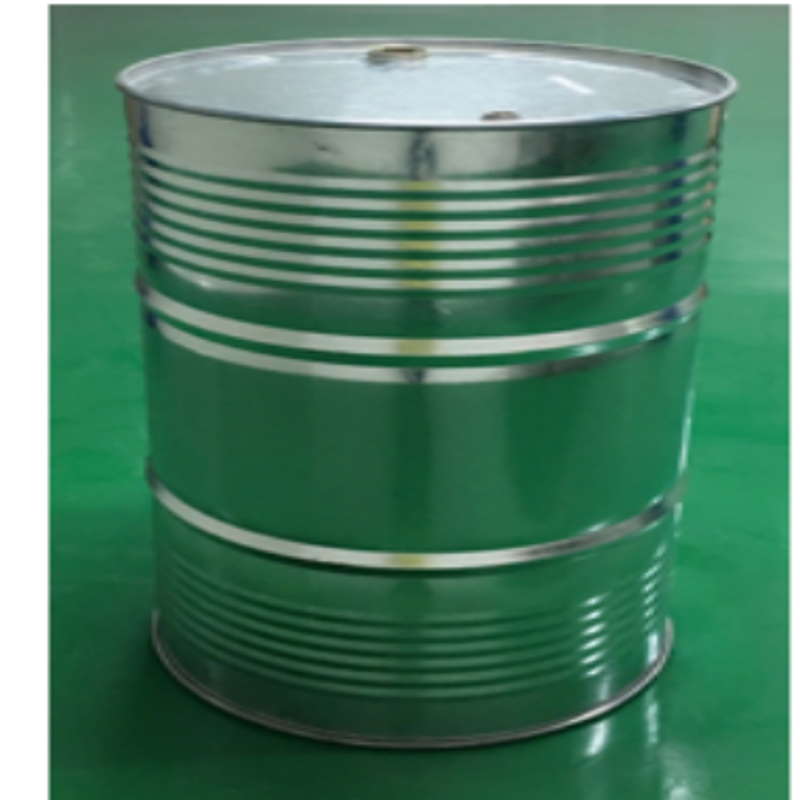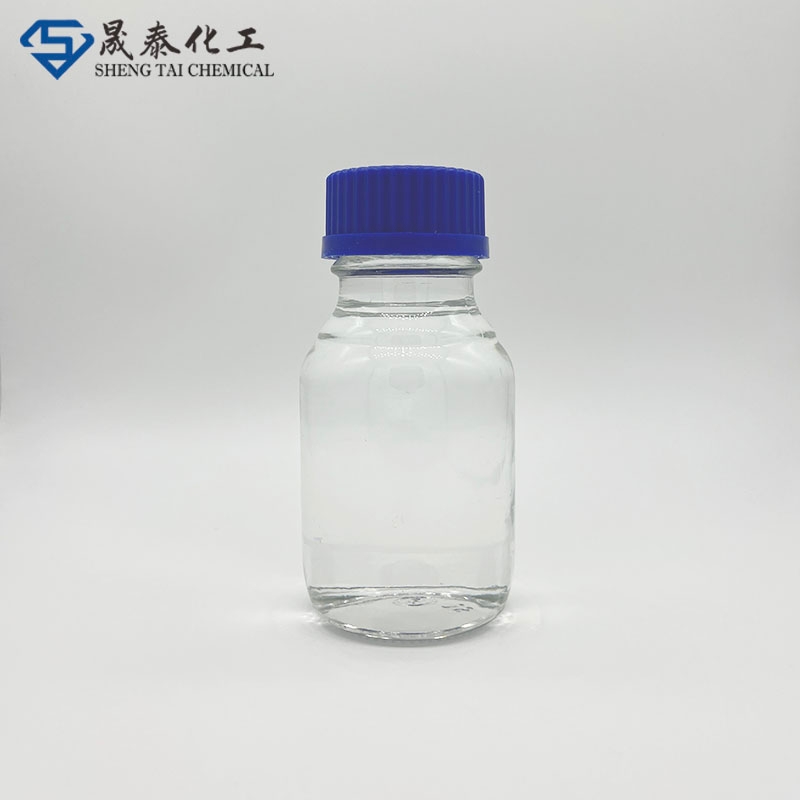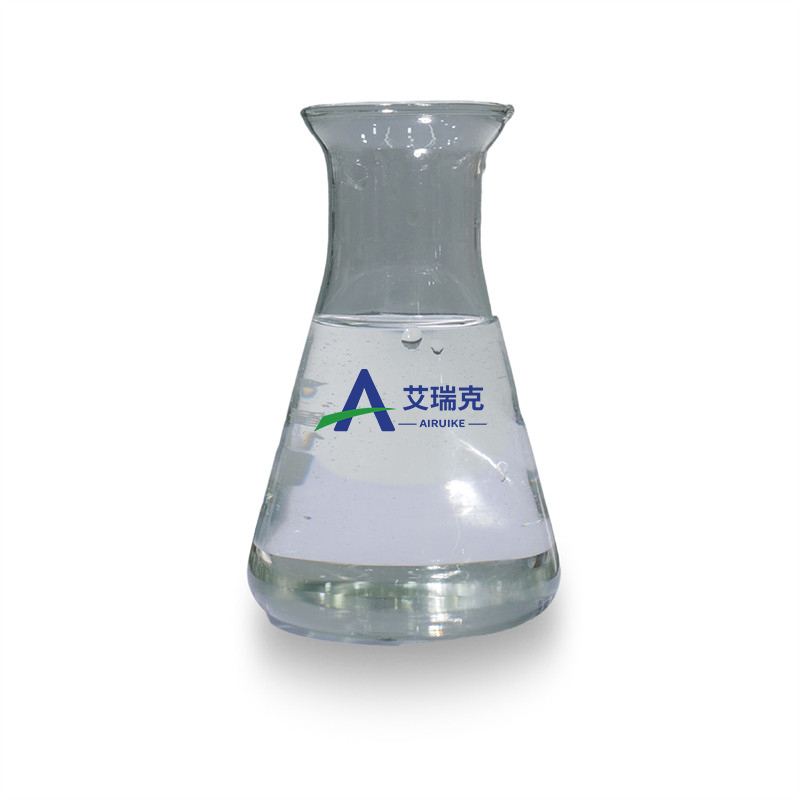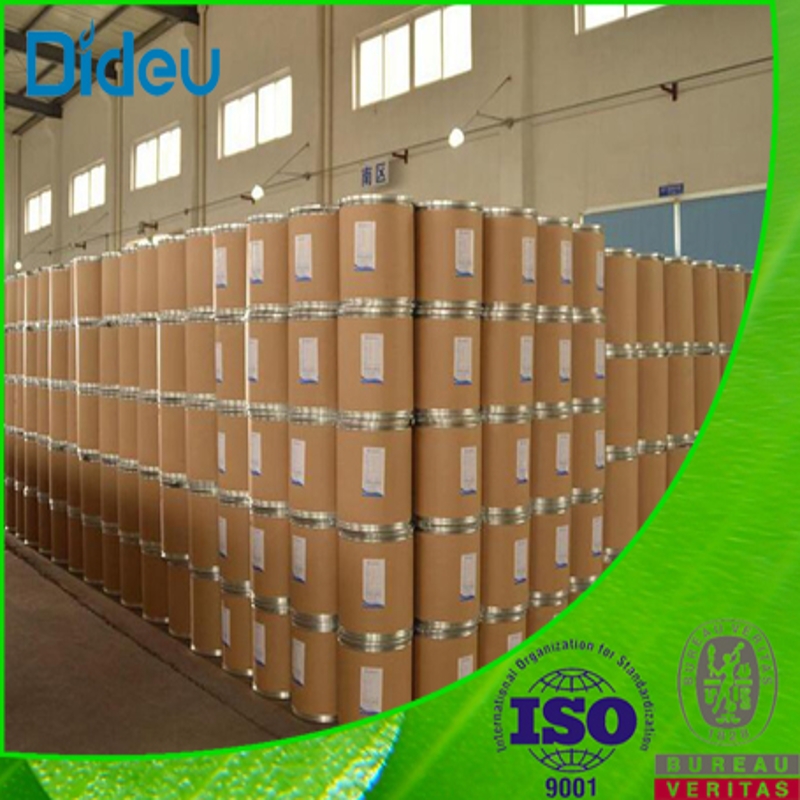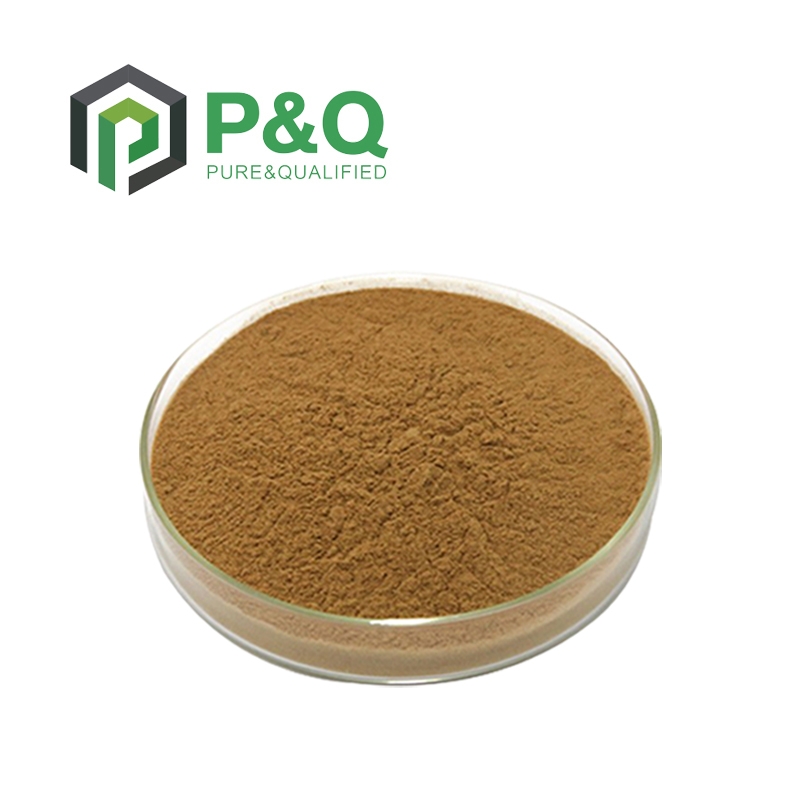Cosmetic Ingredient
- • Abrasive (124)
- • Absorbent (84)
- • Anticaking (66)
- • Anticorrosive (25)
- • Antifoaming (19)
- • Antimicrobials (290)
- • Antioxidant Ingredient (393)
- • Antiperspirant (20)
- • Antiplaque (48)
- • Anti-seborrheic (38)
- • Anti-sebum (39)
- • Antistatic (458)
- • Astringent (162)
- • Binding Agent (172)
- • Bleaching Agent (53)
- • Buffering (191)
- • Bulking (109)
- • Chelating (122)
- • Cleansing (679)
- • Cosmetic Colorant (212)
- • Cosmetic Preservative (158)
- • Denaturant (45)
- • Deodorant (98)
- • Depilatory (27)
- • Dissolving Agent (298)
- • Emollient (795)
- • Emulsifying Agent (480)
- • Emulsion Stabilising (154)
- • Exfoliating (19)
- • Film Forming (299)
- • Flavouring (72)
- • Foam Boosting (161)
- • Foaming (101)
- • Fragrance Ingredient (726)
- • Gel Forming (19)
- • Hair Conditioning (670)
- • Hair Dyeing (363)
- • Hair Fixing (36)
- • Hair Waving or Straightening (45)
- • Humectant (282)
- • Hydrotrope (92)
- • Keratolytic (20)
- • Light Stabilizer (80)
- • Moisturising Agent (50)
- • Nail Conditioning (42)
- • Occlusive (20)
- • Opacifying (119)
- • Oral Care (123)
- • Oxidising (19)
- • Perfuming (2105)
- • Plasticiser (98)
- • Propellant (19)
- • Reducing (50)
- • Refatting (12)
- • Refreshing (26)
- • Skin Cleansing (388)
- • Skin Conditioning (1751)
- • Skin Humectant (21)
- • Skin Protecting (282)
- • Smoothing (31)
- • Soothing (71)
- • Tonics (155)
- • UV Filter (34)
- • Viscosity Controlling (532)
Chemicals as Skincare Ingredients
Related News
-
Huda Beauty to Sell Kayali Stake to General Atlantic
2025-02-20 -
Skylar Clean Beauty Launches New Citrus Reverie Fragrance
2024-06-25 -
Give Back Beauty secures Mercedes-Benz fragrance licensing agreement
2024-04-17 -
BASF Aromatic Ingredients expands its Isobionics portfolio with new natural flavors
2024-03-13 -
Henry Rose raises series A funding
2023-05-15 -
LMR NATURALS BY IFF UNVEILS CARBON FOOTPRINT CALCULATION FOR FRAGRANCE
2023-01-19
Sort Fragrance Ingredient Alphabetically
Fragrance Ingredient
Get Fragrance Ingredient Raw Materials by RegionHydrocarbon waxes
(8002-74-2)-
Cosmetics Grade / 72%
-
Industrial Grade / 99%
$500-550/MT FOB
-
Industrial Grade / 99%
-
Food Grade / 99%
$0.1-0.11/KG FOB
Hydroquinone
(123-31-9)-
Cosmetics Grade / 99%
-
Cosmetics Grade / -
-
Industrial Grade / 99%
$1-1.3/KG FOB
-
Pharmacy Grade / 99.5%
Hexanoic acid
(142-62-1)-
food grade / 99%
-
Industrial Grade / 99%
-
Pharmacy Grade / 99%
-
Industrial Grade / 99%
Request for quotation , get quotes from more suppliers.
Hexanal
(66-25-1)-
- / 99%
-
Pharmacy Grade / 99%
-
Pharmacy Grade / 0%
-
industrial Grade / 98%
Request for quotation , get quotes from more suppliers.
Hexyl acetate
(142-92-7)-
Industrial Grade / 99%
-
food grade / 98%
-
Pharmacy Grade / 99.5%
-
Industrial Grade / 99%
Request for quotation , get quotes from more suppliers.
Source Fragrance Ingredient Products Supply
Hedione
(24851-98-7)-
![Methyl dihydrojasmonate buy Methyl dihydrojasmonate]()
Cosmetic Raw Materials / 95%
$35/KG EXW
-
Industrial Grade / 99%
$1/KG FOB
-
-
- / 0.00%
Request for quotation , get quotes from more suppliers.
-
Cosmetic Grade / 99.0%
-
industrial Grade / 98%
-
$6.5-7.5/KG FOB
-
- / 99%
Request for quotation , get quotes from more suppliers.
Hexyl salicylate
(6259-76-3)-
Industrial Grade / 99%
-
industrial Grade / 98%
-
Pharmacy Grade / 99%
-
![Hexyl salicylate buy Hexyl salicylate]()
Honeysuckle, Loniceracaprifolium, ext.
(84603-62-3)-
- / 99.00%
-
Chemical Grade / 99%
$22.96-28.69/UNIT FOB
-
![Lonicera caprifolium extract buy Lonicera caprifolium extract]()
Industrial Grade / 99%
-
![Honeysuckle flower p.e. buy Honeysuckle flower p.e.]()
Different Grade / 99.9%
$0.1/KG EXW
Request for quotation , get quotes from more suppliers.
-
Food Grade / 98%
-
![16-HEXADECANOLIDE buy 16-HEXADECANOLIDE]()
Industrial Grade / 99.0%
-
![Oxacycloheptadecan-2-one buy Oxacycloheptadecan-2-one]()
-
![16-HEXADECANOLIDE buy 16-HEXADECANOLIDE]()
Request for quotation , get quotes from more suppliers.
More Information
There are primarily four fragrance categories:
● Citrus: Fresh scents from citrus fruits like lemon, lime, orange, and mandarin.
● Floral: Single or combined scents of flowers like rose, jasmine, gardenia, and lavender.
● Oriental: A blend of spicy, woody, balsamic, and animalistic notes, giving warm and rich aromas.
● Woody: Warm and long-lasting scents from precious woods like sandalwood, cedarwood, and agarwood.
Fragrance Analysis:
Most perfumes follow a pyramid structure with top, middle, and base notes:
● Top notes: Initially, the scent of alcohol and perfume blend is prominent.
● Middle notes: After about ten minutes, the alcohol scent fades, leaving the core fragrance.
● Base notes: Develop about thirty minutes after application, mixing with personal skin chemistry to create a unique scent.









